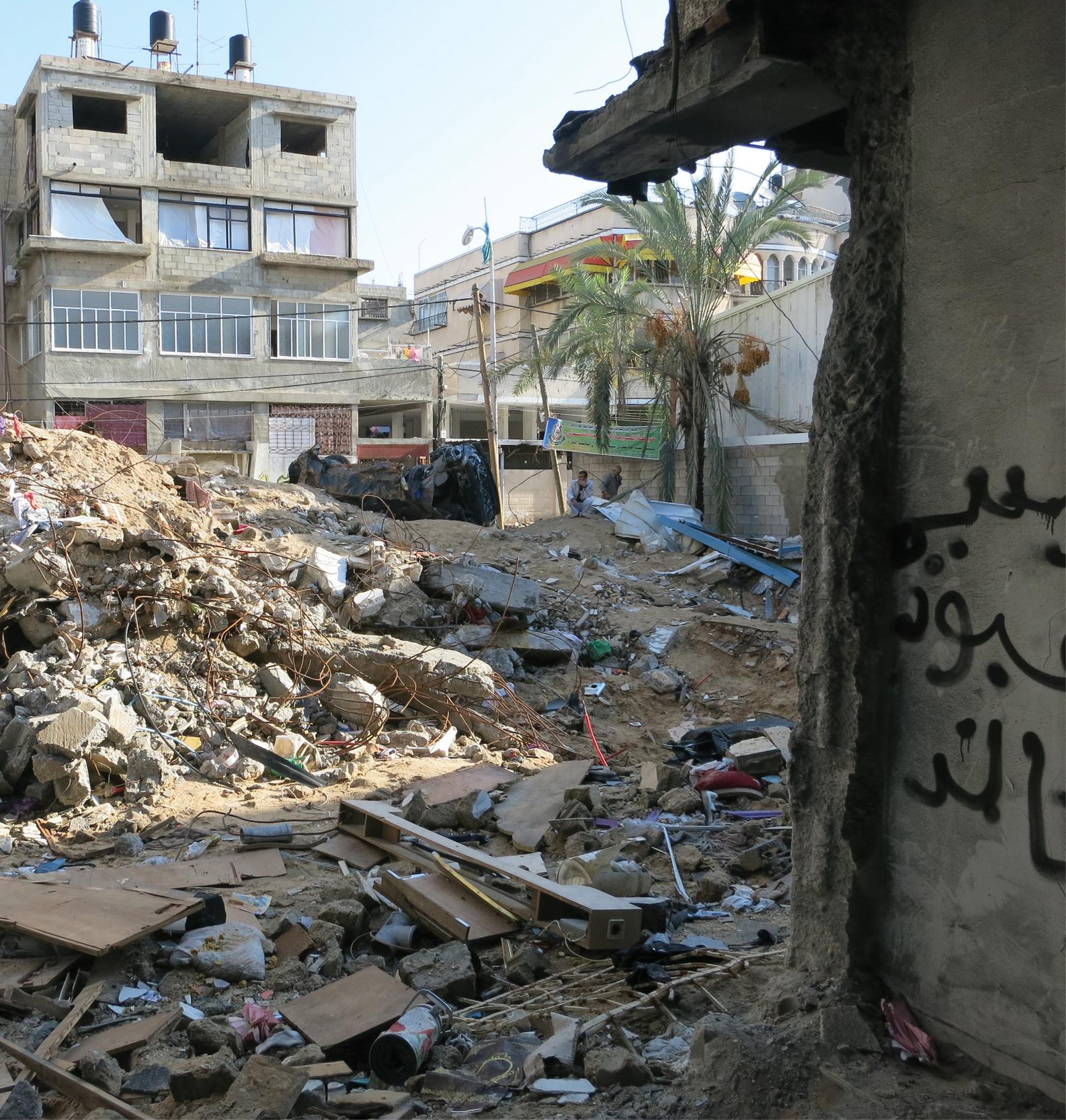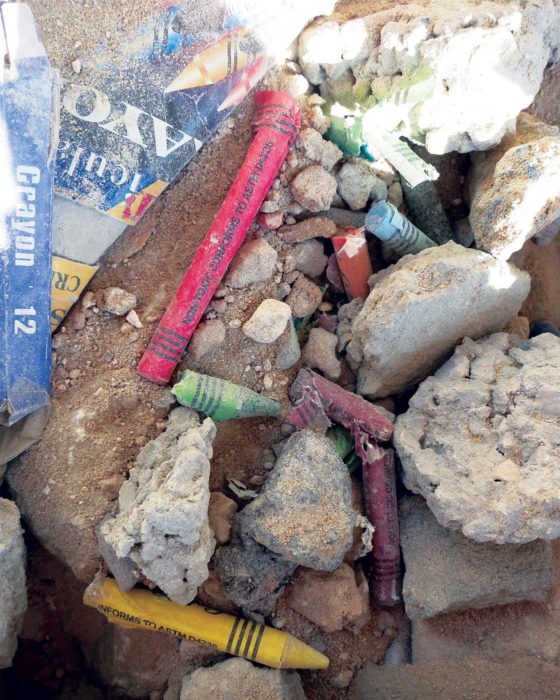It’s one of the world’s most elusive holy grails: lasting peace between Israelis and Palestinians. From a distance the conflict seems absurd. But for the people who live it day to day, the reasons are as real as life and death. As deadly exchanges again flare up, our reporter explores why the emotional wounds on both sides refuse to heal.
The bombs over the Gaza Strip—a small stretch of Mediterranean scrubland along the western coast of Israel, about one-third the size of Los Angeles—often seem to materialize from thin air. In seconds an Israeli F-16 has swooped down over its target, let go its missile with a gut-splitting noise and opened up the earth below into a thunderous well of smoke, flames and flying concrete. After the boom, it takes the people on the ground a few moments to realize if they’re dead or alive—if the guy who was sitting next to them is now on the floor with a shard of glass through his skull, or if the sounds of bloody hysteria are coming from farther off, somewhere across war-torn Gaza City.
“It’s like you’re dying in every second,” says Khader al- Kurdi. The 21-year-old college student has lived through four wars and many more small conflicts, the most recent of which stretched over one week in November 2012, leaving over 150 Gazans lifeless under the rubble. But the worst of the violence, recalls al-Kurdi, came in the winter of 2008 when Israel launched Operation Cast Lead. Tanks and soldiers roved the streets and F-16s bombed from above, killing about 1,400 Gazans in three weeks of fighting. The experience “charged me with hate toward Israel,” says al-Kurdi.
RECURRING NIGHTMARE
Just a few miles off, in southern Israeli towns such as Sderot and the Sha’ar Hanegev Regional Council (a collection of liberal farming communes called kibbutzim), civilians have 15 to 45 seconds to find a bomb shelter at the first scream of an air-raid siren.

As residents brace for one of Gaza’s homemade Qassam rockets to hit, these slow-motion moments of pain anticipation are their own special brand of torture. “When there’s an alarm, and all the kids are outside, they’re running just like ants,” says a sixth-grade teacher at Sha’ar Hanegev Elementary School. “In a few seconds the field is empty. It’s like a trigger. They’re all programmed to be playing and happy and dancing and skipping, and within one second they switch into emergency mode.”
The Israel Defense Forces (IDF) estimates that Hamas—the U.S.- classified terrorist organization that rules Gaza—has hurled more than 8,000 rockets over the fence since Hamas took power in 2006, killing 60 and injuring hundreds more.































